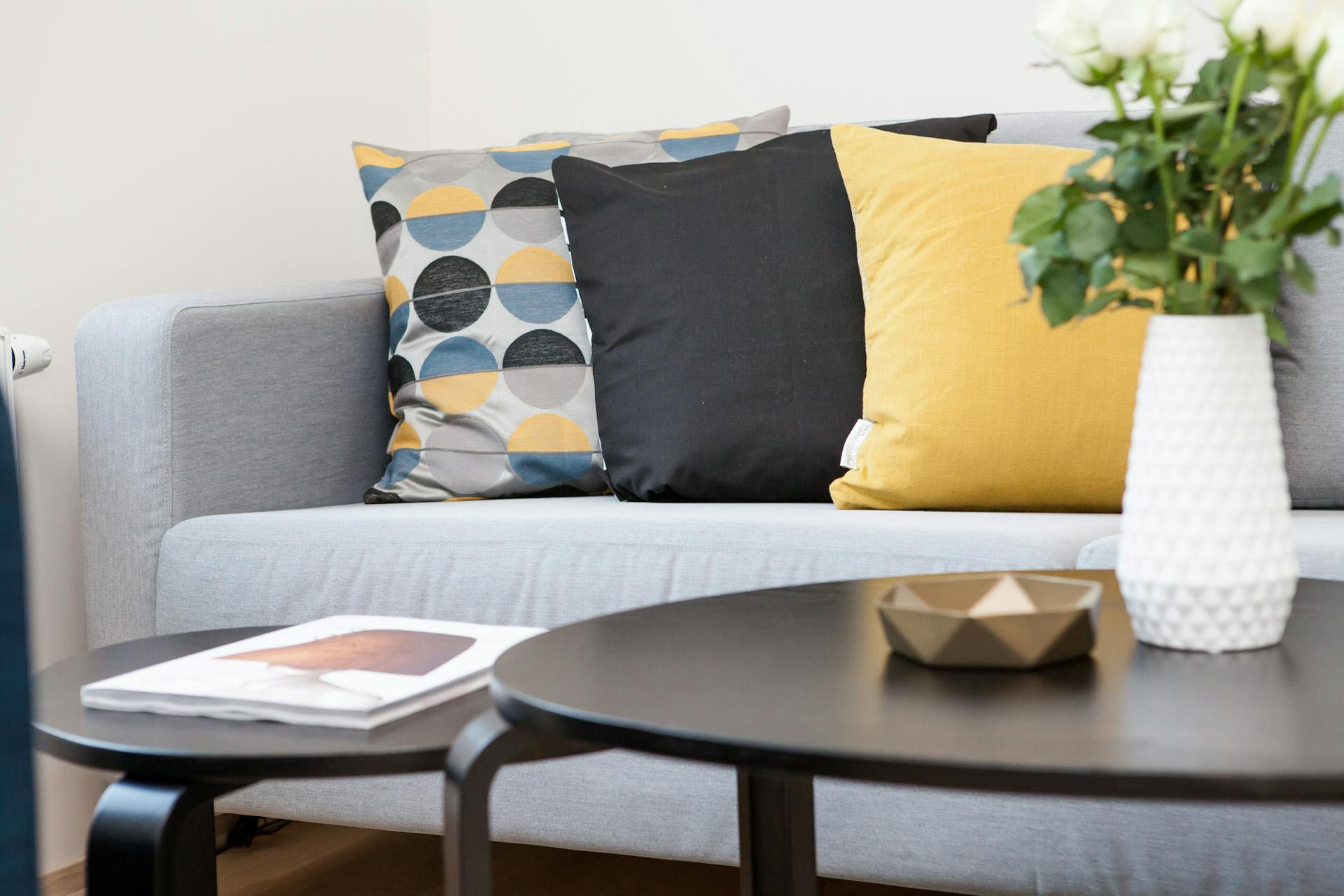In today’s fast-paced world, interior design is no longer just about aesthetics – it’s increasingly about how our surroundings can support our health, mood, and overall well-being. The concept of wellness design is gaining traction among homeowners, architects, and interior designers alike, as people become more conscious of how their environments affect their mental and physical state.
This blog post explores how wellness principles are being integrated into interior design, and how you can create spaces that support a healthier, happier lifestyle.
What Is Wellness Design
Wellness design is an approach to interior design that focuses on creating spaces that enhance the health and well-being of the people who use them. It involves thoughtful design choices that support relaxation, reduce stress, improve air quality, boost natural light, and encourage movement and mindfulness.
This movement is rooted in the idea that the places where we live, work, and relax should help us feel better – physically, mentally, and emotionally.
The Power of Natural Light
Maximizing natural light is a cornerstone of wellness-focused interiors. Daylight not only makes a space feel more open and inviting, but it also regulates our circadian rhythms, boosts vitamin D levels, and improves mood and productivity.
Design strategies to incorporate more natural light include:
• Installing larger windows or skylights
• Using glass partitions instead of solid walls
• Opting for sheer curtains or light-filtering shades
• Choosing reflective surfaces and light-colored walls to bounce light deeper into the room
Biophilic Elements and Nature-Inspired Design
Biophilic design—connecting people with nature – is central to wellness interiors. Incorporating natural elements helps reduce stress and enhances creativity and cognitive function.
Ways to bring nature indoors include:
• Adding live indoor plants and green walls
• Using natural materials like wood, stone, and bamboo
• Incorporating water features for a soothing ambiance
• Choosing earthy colors inspired by landscapes
Clean Air and Non-Toxic Materials
Indoor air quality has a direct impact on health. Wellness-focused interiors prioritize non-toxic, low-VOC (volatile organic compounds) materials and furnishings that don’t emit harmful chemicals.
Some tips:
• Choose natural fiber rugs and upholstery
• Avoid synthetic air fresheners and opt for essential oil diffusers
• Install high-quality air purifiers or ventilation systems
• Select paints and finishes labeled as low or zero VOC
Thoughtful Layouts and Mindful Spaces
The layout of a room can encourage calmness, focus, and even movement. Clutter-free spaces, multipurpose rooms, and dedicated zones for activities like meditation, reading, or yoga are all part of wellness design.
Minimalist design helps reduce visual noise and encourages mindfulness. Using soft lighting, comfortable furniture, and natural textures helps promote a more relaxing environment.
Staying Well
Designing for wellness is more than a trend—it’s a shift in how we think about the role of our environments in our daily lives. By integrating natural elements, maximizing light, choosing healthy materials, and creating mindful spaces, interior designers can craft homes and buildings that truly support well-being.
As clients continue to seek healthier lifestyles, wellness design will only become more important – blending beauty and function in ways that make people feel better every day.




